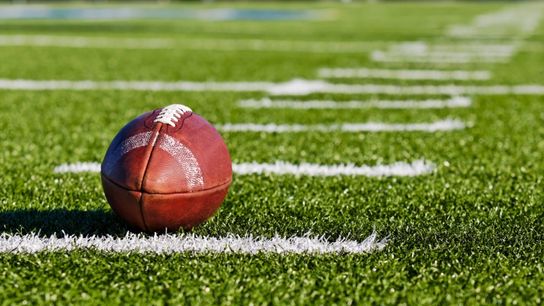An NCAA proposal released Tuesday could allow Division I student-athletes to obtain immediate eligibility after a transfer and eliminate permission-to-contact requirements to receive financial aid at their new schools.
The Division I Transfer Working Group is asking for division-wide feedback on a set of legislation that could fundamentally alter how college sports does business at its highest level. Presently, athletes are required to receive permission from their current schools to contact a new destination should they wish to receive scholarship dollars at said new destination. This proposal would flip that paradigm.
Both SAAC members and working group members believe financial aid should not be tied to whether a school grants permission to contact. Instead, the group favors a notification model, with coaches meeting with student-athletes at the end of a team’s season to discuss the future. The group also supports the opportunity for students, if they desire, to talk with coaches at other schools about transfer possibilities without the need to seek permission from the current school.
To curb against the concept of perpetual recruiting, the Working Group would add incentives for athletes to stay put at their original schools.
Under this concept, if a student explores transfer opportunities, which could include visits to other schools, the current school could have the option of not renewing athletics aid.
This is not the first time the NCAA has put forth this proposal. This same working group also announced in June it was interested in removing permission-to-contact language from the transfer process.
Additionally, the Working Group tossed out the idea of removing the mandatory 1-year wait period for athletes transferring from one Division I school to another.
The working group also will refer a few areas of study to the Committee on Academics, which meets next in October. That committee will be asked to review several concepts:
- An academic transfer standard for all students that would tie one-time immediate eligibility for competition after transfer to a set of academic benchmarks instead of to in what sport the student-athlete competes.
- How the Academic Progress Rate is calculated for students competing after graduation.
- Allowing college athletes to participate in internships or experiential learning programs for academic credit after graduation at their original school.
The Working Group will now put forth its proposals through a survey to college presidents, ADs, coaches and athletes for broader input. A response is requested by Sept. 22 -- two Fridays from this one -- that will then inform the group's next meeting in October. Any approved changes could go into effect as soon as the 2017-18 legislative cycle.
